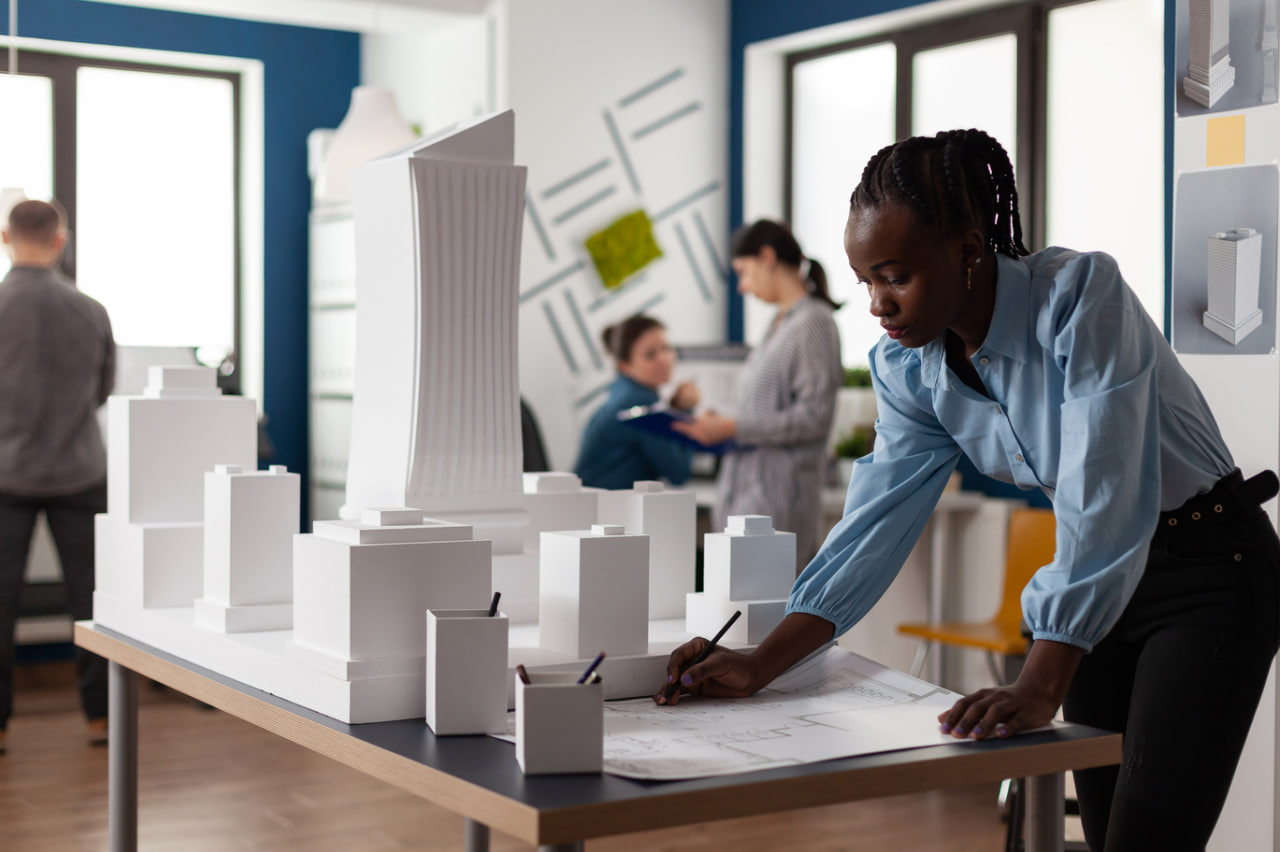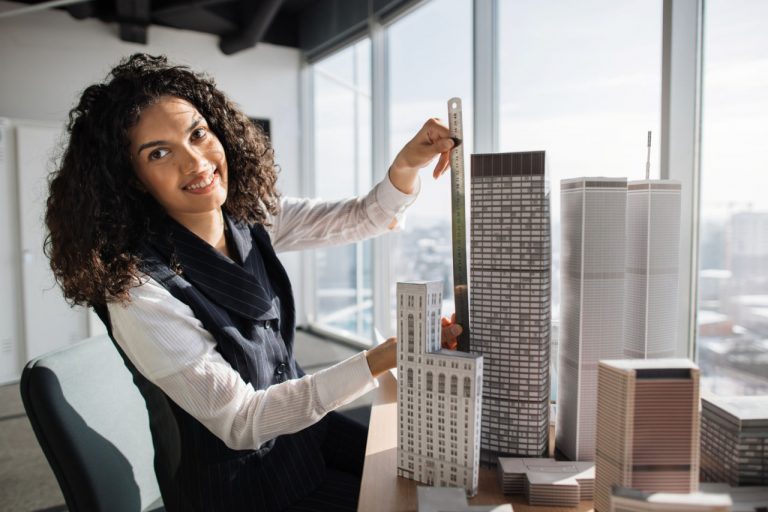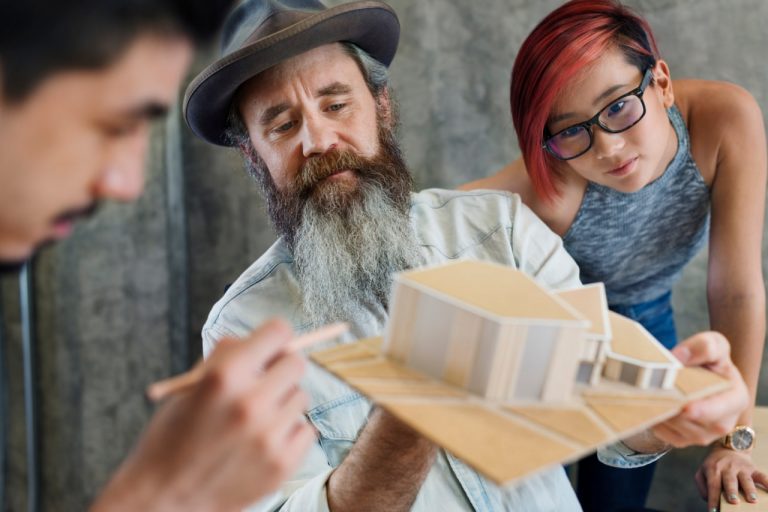The Evolution of Model Building: From Hobby to High Art
A Brief History of Model Building
Model building has existed for centuries, originating as a way to visualize objects that were yet to be created. Ancient Egyptians used miniature boats for ceremonial and planning purposes, while early architects and engineers built scale models of their designs for temples, palaces, and machinery. Over time, the practice evolved from a purely functional activity into a beloved hobby.
By the 19th century, model building had become increasingly popular as a recreational pastime, especially among sailors, engineers, and military personnel. With the rise of mass production in the 20th century, plastic model kits became accessible to the public. Companies like Revell, Airfix, and Tamiya made it possible for enthusiasts to construct replicas of airplanes, tanks, ships, and automobiles. The appeal of recreating detailed, scaled versions of real-world machines and scenes captured the imagination of both children and adults.
The Rise of the Hobbyist Community
During the post-war boom of the 1950s and 60s, model building grew into a mainstream hobby. It was no longer restricted to professionals or enthusiasts with access to rare materials. With widespread distribution of kits, adhesives, paints, and instruction manuals, anyone could participate. The activity served as both entertainment and education, teaching patience, dexterity, and attention to detail.
Clubs and hobby shops flourished, allowing builders to share techniques and display their work. Modeling competitions, such as IPMS (International Plastic Modellers’ Society) exhibitions, began to emerge. These events celebrated technical excellence and creative vision, setting standards for craftsmanship and artistic innovation. Model building had firmly transitioned into a serious pursuit.
Beyond Replication: The Artistic Leap
What once was considered a mechanical or technical hobby began to be recognized as a form of art. Builders started to move beyond simply replicating kits straight from the box. They customized, weathered, detailed, and diorama-ized their models to tell stories, evoke emotions, and explore creative themes. Each model became a canvas, and each diorama a narrative.
Artists began integrating mixed media, scratch-built components, lighting, and miniature figures to elevate their builds. They used the same tools and principles as traditional sculptors and painters—composition, texture, color theory, and scale. The boundary between craftsmanship and artistic expression blurred.
This shift in perspective was recognized by galleries and art institutions. Modelers were no longer seen only as hobbyists but as artists who used their skills to interpret history, science fiction, social commentary, and personal vision. The work of some model builders began to appear in museums, exhibitions, and fine art showcases.
Digital Tools and the Next Frontier
Technology has played a transformative role in the evolution of model building. Computer-aided design (CAD), 3D printing, and laser cutting have given rise to new forms of modeling that blend traditional techniques with digital innovation. Builders can now create entirely original parts, reproduce rare pieces, or design intricate structures that were once impossible with hand tools alone.
Online platforms and social media have connected global communities of builders. Sharing tips, posting builds, livestreaming workshops, and selling handmade kits or accessories have expanded the hobby’s reach and economic potential. What once was a solitary table-top activity now thrives in an international ecosystem of creators, educators, and fans.
Even video games and VR experiences now simulate the act of model building, bridging the physical and digital worlds. Some professionals use modeling software to create prototypes for architecture, film, and product design. In this way, traditional modeling informs—and is informed by—cutting-edge creative industries.
From Therapy to Identity
Model building also serves a deeper, more personal function for many practitioners. The focused, meditative nature of the hobby provides relief from anxiety and stress. It cultivates mindfulness, a sense of accomplishment, and pride in craftsmanship. In therapeutic settings, it helps with fine motor skills, trauma recovery, and cognitive development.
Moreover, model building has become a form of self-expression and identity. Builders often choose subjects that reflect their interests, passions, or heritage—whether it’s historical battles, favorite vehicles, or imagined futures. The models they create are an extension of their values, memories, and aspirations.
The community itself has become more inclusive and diverse, welcoming people of all ages, backgrounds, and skill levels. This evolution has broadened the definition of what it means to be a model builder.
Looking Ahead: Where Art and Engineering Meet
As we move into the future, model building will continue to evolve. New materials, techniques, and inspirations will emerge. More builders will treat their models as art pieces, blending aesthetics and storytelling. Others will push the limits of accuracy, engineering, and detail.
Art institutions are starting to embrace the discipline, while schools and STEM programs use model kits to teach science, technology, engineering, and math. Whether as a personal hobby or professional practice, model building has proven its place as both a cultural artifact and a dynamic creative force.




